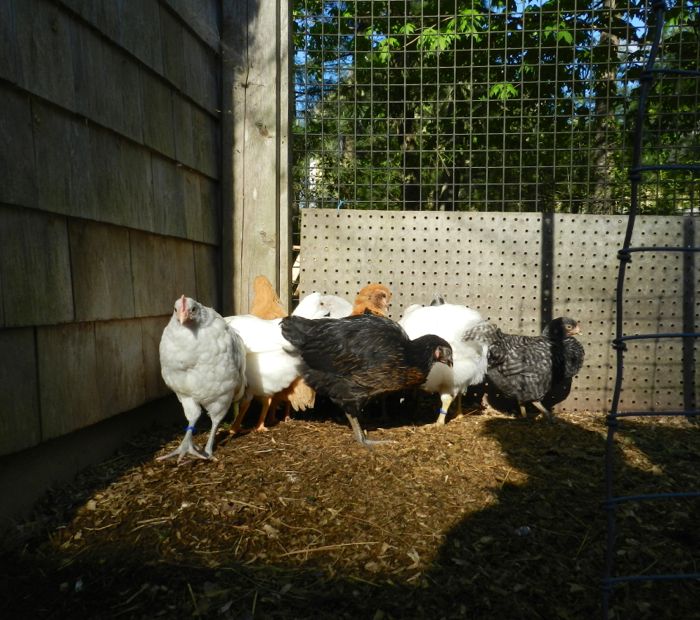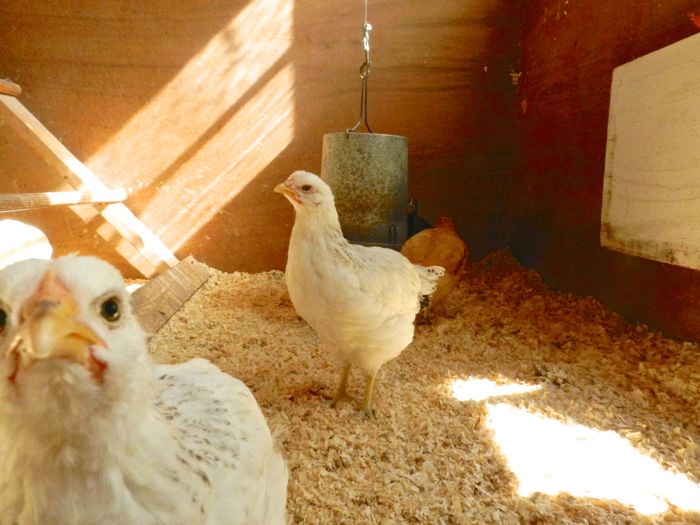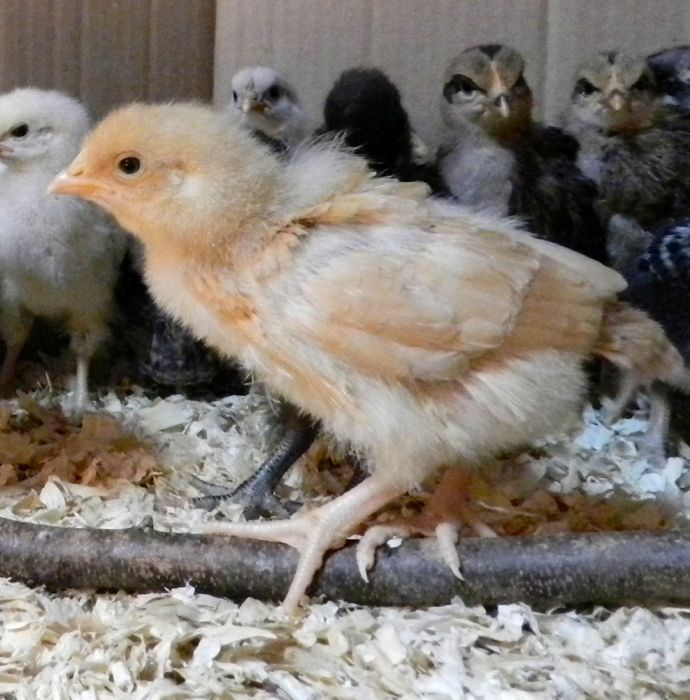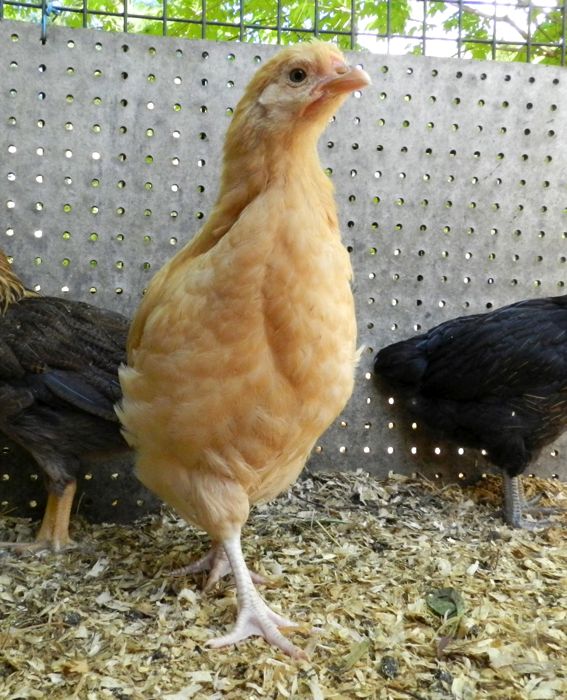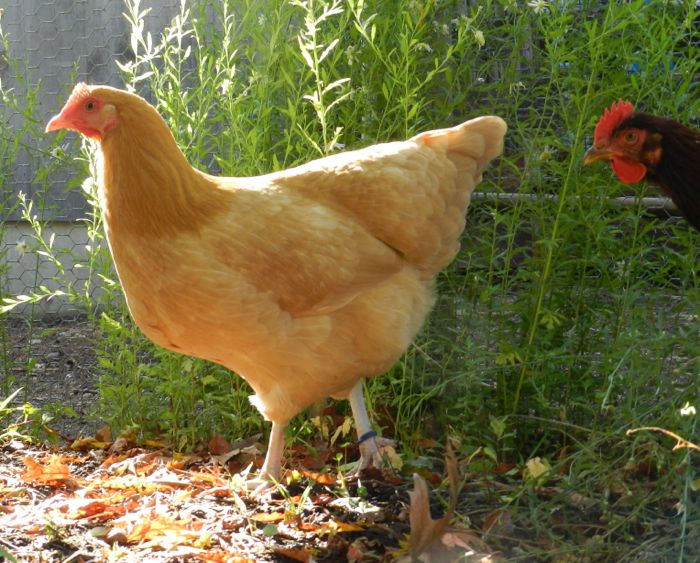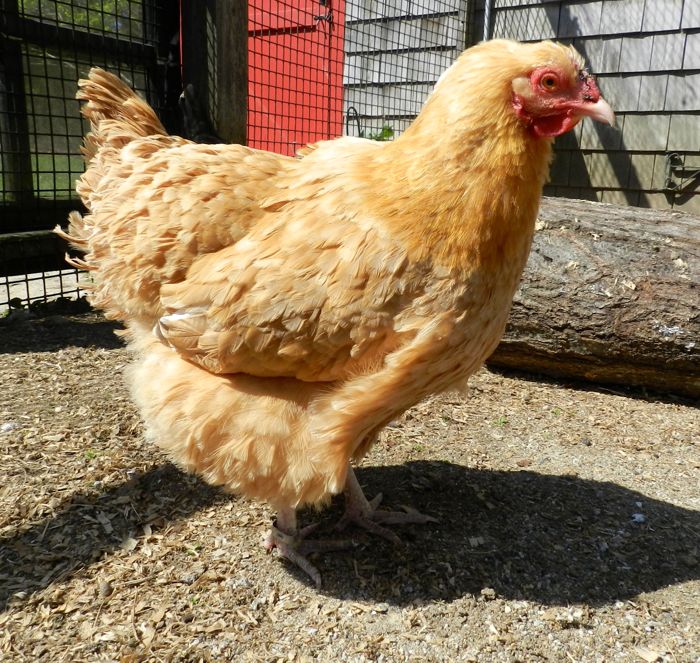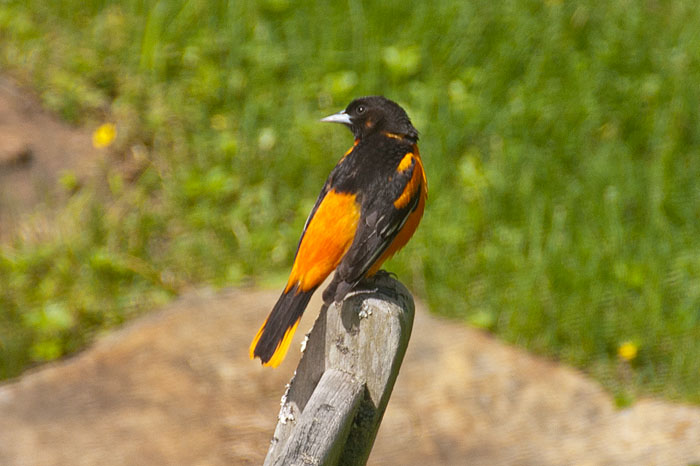Over the last four years I’ve been doing a storytime program, with a chicken, at schools, libraries and other venues. Although all of my hens are nice girls (well, let’s not count Siouxsie) not all are suitable for a school visit. Not only must the chicken that I bring with me be a good ambassador for chickendom, but she also has to be amendable to sitting on my lap and letting dozens of children pet her. Betsy was one of my best school visit chickens, ever. She was personable, chatty, small (so not intimidating to preschoolers who are small themselves) and never minded little hands stroking her. But, Betsy is old and fragile. She’s retired.
Jasper is one of my friendliest hens, and she doesn’t mind leaving the flock and going for a ride in the car. However, many of the children that I visit have never seen a chicken in real life before. Her visage can be a tad scary. I did bring her on a visit, thinking that her happy personality would make everyone love her. However, it also turns out that when in a classroom she clucks so loudly and constantly that she was a distraction! Jasper stays home.

Pearl is placid and gentle, but those feet! I’ve met some squeamish teachers who wouldn’t be happy about dirty feathered feet in their classrooms (never do the kids worry about such things.)
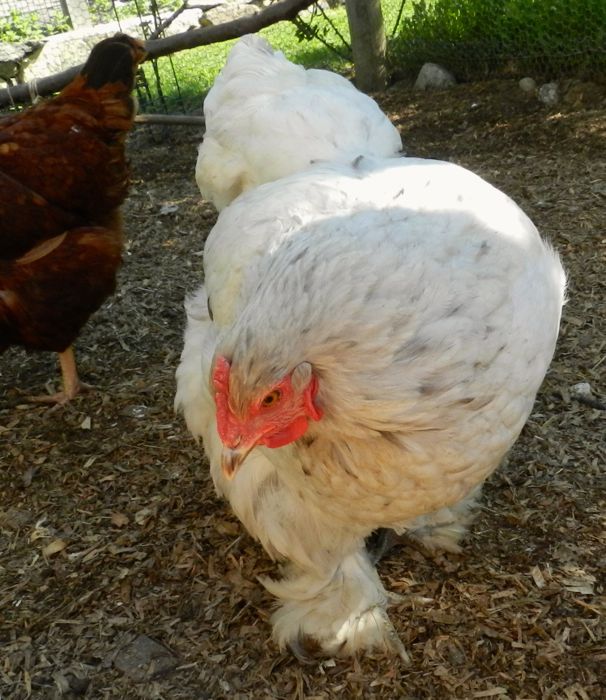
Likewise, Opal, the Delaware, although as calm as a hen can be, shows dirt on her white feathers. The Speckled Sussex, Etheldred, Florence (seen here) and Agatha, are all wonderfully out-going and friendly, but they tend to pace in the travel crate, so I don’t take them either.

Siouxsie is simply too weird. It would take up half of the program just to explain that, yes, this is a chicken.

One of my hens does meet my strict criteria for selecting a school visit hen: Amber.
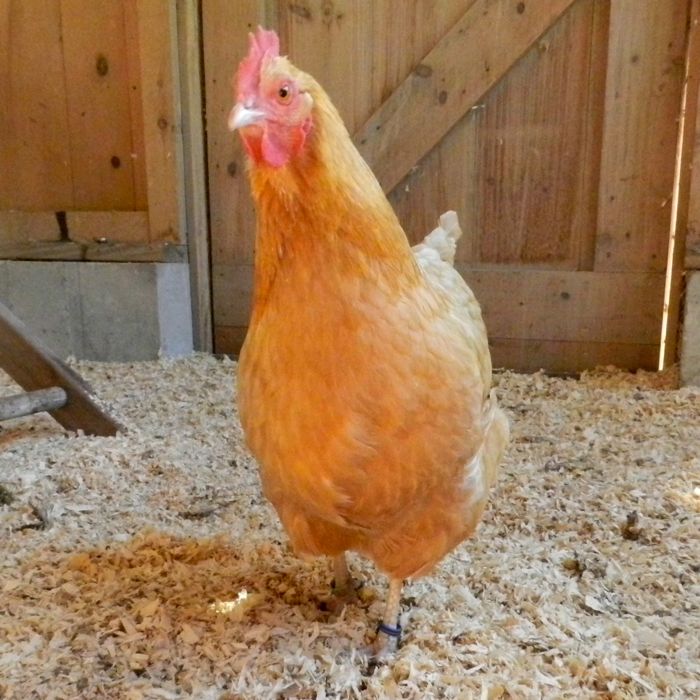
She is beautiful and calm. Although she is a Buff Orpington, she never goes broody, so is always in a good mood. As soon as she gets into the crate in the car she settles down for the ride. She waits quietly in the hallway before class.
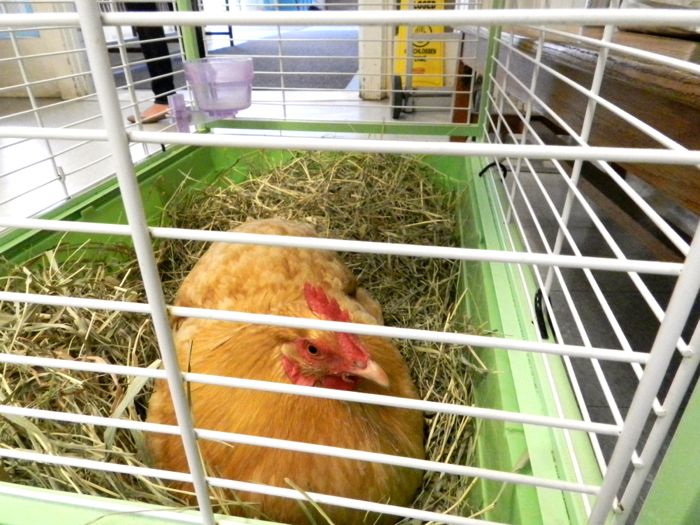
Today she met one hundred kindergartners, who all took turns petting her gently while she sat patiently on my lap. I don’t have a photo of this because schools have policies about publishing pictures of children (and rightly so.) But, believe me when I tell you that there were one hundred smiling faces because of this good hen.
(If you are an educator and are interested in my program, you can read more here.)

